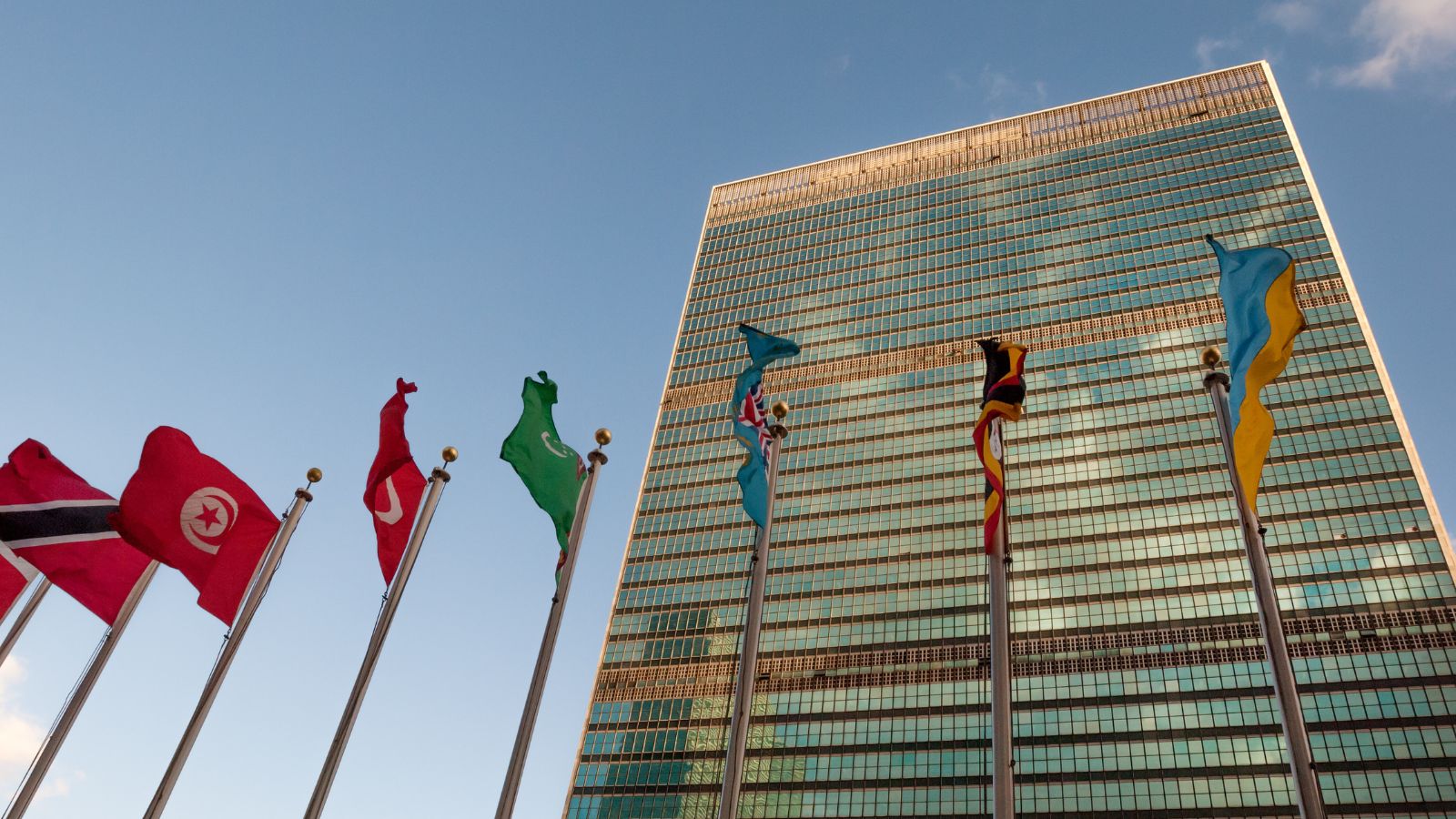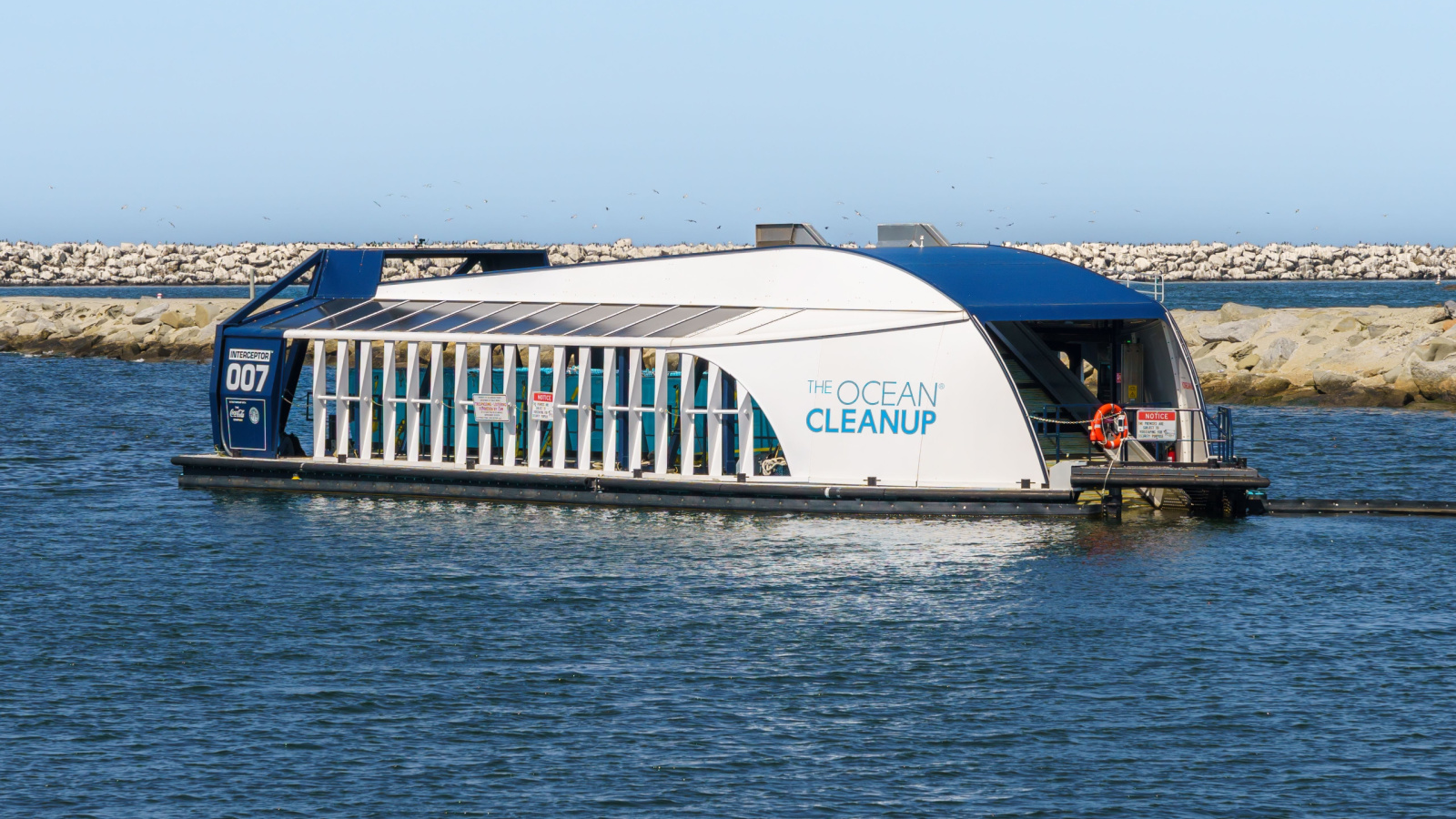Canada has quietly racked up an impressive list of achievements, often overshadowed by the louder headlines south of the border. From breakthroughs in health and innovation to leadership in social policy and cultural contributions, these wins speak volumes about a country often underestimated by its neighbour. While American media is busy spotlighting its own narratives, plenty of stories from the north deserve more airtime. Here are 25 Canadian wins the U.S. media doesn’t talk about.
Universal Healthcare Implementation

Long before the idea gained traction elsewhere, a nationwide publicly funded healthcare system took root. The approach wasn’t without obstacles, but the result has been a model admired globally. Residents benefit from a system that prioritizes accessibility over profit. Costs are lower, outcomes are often better, and administrative complexity is minimized. Though not flawless, the commitment to viewing healthcare as a public right improved overall life quality. It has become a defining element of national identity, despite being largely ignored in U.S. discussions about reform or policy comparisons.
Same-Sex Marriage Legalization in 2005

While other countries debated, the Civil Marriage Act was passed in 2005, legalizing same-sex marriage nationwide. This was a landmark step for LGBTQ+ rights. The legislation followed multiple court decisions grounded in constitutional equality. The legal move came ahead of similar actions in larger countries and helped shape international discussions on civil rights. Social acceptance wasn’t universal, but the legal framework provided strong protections. This progressive shift occurred without major fanfare outside its borders, overshadowed by more controversial developments in other regions.
Discovery of Insulin

In 1921, Frederick Banting and Charles Best made a medical breakthrough that changed the world. Their discovery of insulin revolutionized diabetes treatment and saved millions. The decision to sell the patent for one dollar emphasized the commitment to public health over profit. While the medicine became globally vital, pricing controversies overshadowed its origins. The U.S. media seldom highlights that one of the most impactful treatments in history was developed in a Toronto lab, especially given current debates around pharmaceutical pricing.
Peacekeeping Leadership

During the Suez Crisis in 1956, Lester B. Pearson proposed a neutral UN peacekeeping force to stabilize the region. This idea laid the foundation for modern peacekeeping missions. For this contribution, Pearson received the Nobel Peace Prize. His diplomatic efforts prevented escalation and offered an alternative to direct military conflict. The idea became a standard approach for international intervention. Although widely adopted, credit for this innovation is rarely discussed in broader media, overshadowed by more aggressive foreign policy narratives.
Leading the Global Refugee Resettlement Numbers

By 2018, this country became the global leader in refugee resettlement. Its community sponsorship model allowed citizens to support newcomers, offering both financial and emotional backing directly. This decentralized approach encouraged long-term integration and built lasting community ties. The program received international recognition for its effectiveness. While headlines elsewhere focused on immigration controversies, this alternative model demonstrated how proactive policy and local involvement could lead to humane outcomes with positive societal impact.
Ban on Single-Use Plastics

A federal initiative launched in 2020 aimed to eliminate problematic single-use plastics. This included items like straws, cutlery, and certain bags. The ban, part of a broader zero-waste goal, addressed both environmental and public health concerns. It signaled a federal-level commitment to sustainability not yet mirrored by many industrial nations. While not without implementation hurdles, the policy marked an assertive shift. It stood in contrast to more incremental efforts elsewhere and deserves wider recognition for its ambition.
AI Research Pioneering

Neural networks and deep learning owe much to the work done at the University of Toronto. Geoffrey Hinton’s foundational research laid the groundwork for machine learning as we know it. Institutions like the Vector Institute fostered ongoing AI development, attracting global attention. While commercial breakthroughs receive widespread attention, the academic origins are less well-known. The groundwork laid in Canadian labs remains essential to ongoing developments in natural language processing, image recognition, and predictive algorithms.
Strong Banking System

The 2008 financial crisis revealed stark differences in regulatory environments. While many banks collapsed or required bailouts elsewhere, this country’s financial institutions remained stable. Conservative lending practices, stringent capital requirements, and oversight contributed to a resilient system. The World Economic Forum consistently ranked this system among the world’s most sound. This stability prevented the kind of widespread foreclosure and unemployment experienced elsewhere, a feat that rarely receives attention in international economic retrospectives.
Indigenous-Led Conservation Projects

From the Great Bear Rainforest to Thaidene Nêné, Indigenous communities are leading conservation efforts that blend traditional knowledge with scientific strategies. These initiatives protect vast natural landscapes and preserve biodiversity. Legal frameworks and cooperative agreements empower local leadership while respecting treaty rights. The projects offer a model for reconciliation and sustainability. Despite their global relevance, these efforts are often missing from international discussions about climate change and environmental protection.
Leading in Organ Donation Systems

Nova Scotia became the first region in North America to adopt a presumed consent model for organ donation. Under this system, all residents are considered donors unless they opt out. Early data suggest an increase in donor registrations and transplant rates. This proactive approach addresses chronic shortages and has sparked interest in similar models elsewhere. Despite the significance, this systemic innovation has not garnered widespread media coverage outside specialist medical circles.
Humanitarian Drone Innovation

Canadian engineers developed some of the earliest drones used for humanitarian applications, particularly in search-and-rescue operations and medical supply delivery. Institutions like the University of British Columbia and startups such as Drone Delivery Canada helped pioneer this tech. Instead of using drones for surveillance or warfare, these initiatives focused on remote healthcare and emergency response, especially in northern and Indigenous communities. This proactive use of UAV technology for life-saving missions rarely gets highlighted compared to military or consumer drone trends globally.
Indigenous Language Revitalization Through Technology

Collaborations between Indigenous communities and Canadian developers have led to mobile apps, AI translation tools, and VR experiences aimed at reviving endangered Indigenous languages. Projects like the FirstVoices app offer a digital bridge to help younger generations learn their heritage languages. These tech-driven efforts contribute to cultural preservation on a meaningful scale. They also provide models for other nations struggling with linguistic extinction, though they are largely ignored outside niche cultural or academic coverage.
Progressive Drug Policy Reform

British Columbia became the first province in North America to decriminalize small amounts of certain drugs for personal use. The aim was to reduce stigma and promote treatment over incarceration, particularly during an opioid crisis. Though still in early stages, this shift represents a bold departure from traditional punitive models. The policy has drawn cautious interest from health experts worldwide. However, its innovative approach remains absent from most mainstream international news, despite its relevance to ongoing global drug policy debates.
Co-Op Business Ecosystems

Quebec, and particularly the region around Montreal, is home to one of the most robust cooperative business ecosystems in the world. From Desjardins, one of the largest cooperative financial groups, to worker-owned manufacturing and agricultural co-ops, the model promotes local economic empowerment. These enterprises often demonstrate resilience during downturns. Despite their success and scale, co-ops are underrepresented in conversations about business alternatives to corporate capitalism, particularly in American business media.
Global Leadership in Maple Genome Research

Canadian scientists at institutions like the University of British Columbia led efforts to sequence the sugar maple genome. This breakthrough supports biodiversity, conservation, and the maple syrup industry. Understanding tree genetics also aids climate resilience strategies and disease resistance. The research has agricultural, environmental, and economic implications. Yet in global media coverage of genomic science, such natural resource-focused achievements are often overlooked in favour of biomedical research.
Vaccine Production for the Global South

Biolyse Pharma, a small Canadian pharmaceutical manufacturer, made headlines for offering to produce COVID-19 vaccines for low-income countries if patent waivers were allowed. The offer challenged the global pharmaceutical status quo and highlighted access inequities. Though the company faced regulatory hurdles, its willingness to act sparked global dialogue. Despite the significance, international media mostly overlooked the potential of this small player to influence global vaccine equity discussions.
Women’s Rights in the Mining Sector

Canadian organizations such as Women in Mining Canada have pushed gender equity in an industry historically dominated by men. With mentorship programs, industry partnerships, and policy advocacy, they’ve created measurable improvements in workforce inclusion and safety. These initiatives set global examples for mining companies operating in Latin America, Africa, and Southeast Asia. But gender rights coverage in extractive industries rarely highlights the pioneering work done north of the U.S. border.
Arctic Sovereignty and Research Stations

By investing in permanent Arctic research infrastructure like the Canadian High Arctic Research Station (CHARS), Canada strengthened its Arctic sovereignty while advancing polar science. CHARS supports climate research, Indigenous knowledge, and international collaboration. The geopolitical implications are significant given increased Arctic activity from Russia and China. Despite this, U.S. media often downplays Canada’s scientific and diplomatic presence in the polar region.
First Nation-Led Urban Development

Projects like Vancouver’s Senakw redevelopment demonstrate Indigenous leadership in urban real estate. The Squamish Nation spearheaded a major high-density housing initiative on reclaimed land, bypassing some municipal zoning restrictions due to their sovereign status. This offers a blueprint for Indigenous economic independence and urban innovation. Although covered locally, these transformative projects rarely enter international media discussions about Indigenous rights or urban planning.
Ocean Plastic Capture Technology

Engineering students and startups in this country have created ocean-cleanup technologies that are both cost-effective and scalable. University teams have designed river-based filtration systems to intercept plastic waste before it reaches the sea. These innovations complement international cleanup efforts but receive little attention compared to large-scale oceanic projects like those from Europe or the U.S. Yet their grassroots development model makes them particularly accessible for smaller or developing nations.
Global Fintech Influence

Canadian fintech firms like Shopify and Wealthsimple have reshaped global commerce and investment habits. Shopify, in particular, provides infrastructure for over a million online businesses worldwide. Despite this influence, these platforms are often perceived as American due to their global footprint. U.S. media rarely attributes the technological backbone of many small businesses to these companies’ Canadian origins, missing a major narrative in the evolution of digital commerce.
Legal Recognition of Non-Binary Identity

Legal documents like passports and driver’s licenses have adopted non-binary gender markers in multiple provinces. This legal recognition offers dignity and protection to gender-diverse individuals, backed by human rights legislation. While similar policies in Europe have attracted global attention, comparable changes here tend to go unnoticed. The legal shift also represents an institutional commitment to inclusivity that deserves broader acknowledgment.
Advancements in Clean Hydrogen Energy

Investments in green hydrogen from hydroelectric sources have put the country in a promising position for clean energy exports. Quebec and British Columbia have become focal points for these developments, including hydrogen-powered transit projects. The technology could play a major role in decarbonization efforts. Still, the international press often highlights European or Asian developments in hydrogen, overlooking key contributions from this part of North America.
Leadership in Open Government Transparency

Canada has consistently ranked high in international assessments of government transparency, due in part to initiatives like open data portals and proactive disclosure rules. These measures allow public access to spending data, contracts, and departmental performance. Such efforts enhance accountability and democratic engagement. Yet these achievements are seldom covered in global media, which often focuses on transparency failures elsewhere instead of successful models.
Cultural Export Beyond Hollywood

From global music sensations like Drake and The Weeknd to literary figures like Margaret Atwood and sports icons like Penny Oleksiak, Canadian talent consistently punches above its weight in the global arena. Despite this, their national origin is often downplayed or misattributed in global entertainment coverage. The infrastructure that supports this talent, such as arts funding and public broadcasting, is rarely acknowledged as a factor in their success.
21 Products Canadians Should Stockpile Before Tariffs Hit

If trade tensions escalate between Canada and the U.S., everyday essentials can suddenly disappear or skyrocket in price. Products like pantry basics and tech must-haves that depend on are deeply tied to cross-border supply chains and are likely to face various kinds of disruptions
21 Products Canadians Should Stockpile Before Tariffs Hit
